Starlings and One of Nature’s Finest Spectacles
Fast in flight, noisy and sociable – the Starling may be just a small bird but he certainly lets you know that he’s around.
Indeed, one of the finest and most mesmerising scenes in nature is created by the Starling – a murmuration – a spectacle that bird enthusiasts will travel far and wide to catch a glimpse of.
Yet despite being one of the most well-known garden birds in the UK, did you know the Starling is actually one of the species we need to be the most concerned about?
They are considered to be one of the fastest declining birds in the UK and have been cropping up on the UK Red List of Conservation Concern for more than 20 years now.
While it sounds like at 1.8m breeding birds in the UK, the population of Starlings is healthy, numbers actually fell by more than half between 1995 and 2018.
This is mainly due to loss of habitat, competition from other birds, and climate change.
However, despite this, they are still a common sight in the UK and in this article we take a look at that mesmerising phenomena that is murmuration, as well as their wider behaviour.
Starling Murmuration
Starling murmurations occur during autumn and winter in the UK as Starlings from across the continent flock here seeking warmer temperatures.
Normally, they occur in the late afternoon or at dusk, however, they have been known to take place at other times of the day.
A murmuration is created when Starling flocks – often already made up of hundreds or thousands of individual birds, join together in the sky to create a gigantic mega-flock, which appears to behave as a single organism. The birds, often up to one million in a single murmuration, fly in perfect synchronicity, making swirling shapes back and forth across the sky as if all connected.
It has been dubbed one of Britain’s greatest wildlife spectacles and it certainly doesn’t disappoint. A murmuration can last as long as 45 minutes and throughout the spectacle, how each individual bird moves is determined by their neighbours flying alongside them, ensuring they don’t collide with each other.
The murmuration comes to an end when the last of the sunlight sets and the day starts to slip away. The Starlings will then descend from the sky, at some mystery signal that only they know, and bed down for the night, suddenly disappearing from view.
How to Identify a Starling
From a distance, Starlings look black but once you get closer to one, you will see that they are actually a myriad of vibrant colours.
Their feathers are glossy shades of purple, green, blue, pink, grey and even cream. In winter they have white flecks in their feathers which makes them even easier to distinguish.

They also have a short tail, pointed head and triangular wings. Starlings can have yellow or black beaks and their legs are pink or grey.
An adult Starling will be a little more than 20cms in length and have a wingspan of around 40cms. On average they will weigh in the range of 75 to 90 grams.
Where to See Starlings
Starlings can be seen in the UK at most times of the year and favour being in woodland, upland, coastal, farm, wetland and grassland areas as well as domestic gardens, villages, towns and urban areas – so the chances of spotting Starlings nearby are relatively high.
Their numbers in the UK increase dramatically in autumn and winter too, as migrant birds arrive in Britain, so there will be a larger population at this time of year.
Nesting Habits of Starlings
There are around 1.8m breeding pairs of Starlings in the UK and you have likely heard them loud and proud in your own garden when they are nesting.
They prefer holes and cavities in buildings and structures, nest boxes and even burrow into coastal cliffs. In a lot of cases Starlings will return to the same place year on year to nest.

starling feed his nestling
Females will usually lay eggs from mid to late April but it has been known for some to lay as early as the first week of the month. She will lay four or five eggs and incubate them for a fortnight. At just shy of three weeks old, the chicks will start to fledge.
On average, Starlings will have a lifespan of around five years but ringing records reveal that the oldest known Starling survived to the ripe old age of 17.
What do Starlings Eat?
Given that Starlings are quite happy to reside and nest in a wide variety of locations, they also have a wide range of food preferences too, created by these different environments.
In general, the Starling diet consists of insects, spiders, moths, leatherjackets and earthworms. They will also eat fruit and what they can pick up from lawns and grassland.
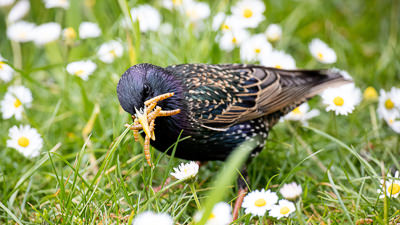
Starlings also like to visit bird tables and feeders in your garden and will be grateful for the seeds, fat balls and any scraps that you set out for them.
How to Attract Starlings to Your Garden?
While at 1.8m breeding pairs, it may sound like the population of Starlings is healthy, but as mentioned, this species is actually on the conservation red list. Numbers have declined by more than 50 per cent since the 1960s, so if you can make your garden attractive to Starlings with a good food source then it could help slow the decrease in population.
We have a wide range of wild bird food mixes that have been specially selected to suit different bird types and their specific needs.
For Starlings, we have a range of products that will benefit them that you can simply pop on bird tables and into feed stations around the garden. They contain mixes of seeds, insects, fats, nuts, oils and fruits that Starlings need in order to maintain a healthy diet.
Our premium blends that are suitable for Starlings include Ground and Table Mix; No Mess, No Grow Wild Bird Food; High Energy, No Mess; Premium Wild Bird Food; and Superior Wild Bird Food.
Because Starlings have a diet rich in insects, they will also love our Dried Calciworms; Suet Pellets with Insects; and Dried Mealworms.
In the winter, when they need more energy, products such as Peanuts; Selected Fat Balls; Suet Coconut Halves; High Energy Suet Blocks; and Suet Dumplings, will all be loved by Starlings.
To find out more about what to feed Starlings visit: https://johnstonandjeff.co.uk/wild-birds-match-species-to-blends/
Of course, attracting Starlings to you garden is a wonderful thing to do – you’re doing your bit to help slow the population decline and you will bring yourself a great deal of joy at the same time. But due to the amazing spectacle the murmuration creates, this is one species we truly encourage you to go out and see in the wild.
Once you’ve experienced a Starling murmuration in full flight, you’ll never look at this small, translucent birds in the same way again.
So, perhaps do some Googling to find out if there is a murmuration near where you are and find a spare evening or weekend to go out and try to find it. Trust us, when you do, you won’t be disappointed!
Our recent posts giving advice and guidance on wild birds
Starlings and one of nature’s finest spectacles
Reading Time: 8 minutes Despite being one of the most well-known garden birds in the UK, the Starling is actually one of the species we need to be the most concerned about? They are considered to be one of the fastest declining birds in the UK and have been cropping up on the UK Red List of Conservation Concern for more than 20 years now. In this article we take a look at that mesmerising phenomena that is murmuration, as well as their wider behaviour.
A Guide to British Wagtails
Reading Time: 9 minutes Wagtails are delightful little birds and are so called because they do just that – wag their tails frantically as they go about their business. In Great Britain, we have three native species – the Pied Wagtail, the Grey Wagtail, and the Yellow Wagtail, which is a summer migrant. In this blog, we take a look at each of them, to find out more about these charming and animated characters.
Drum Roll for the Woodpecker, One of the UK’s Best Loved Birds
Reading Time: 10 minutes One of the most intriguing and evocative sounds in British woodlands is the Woodpecker tapping on tree trunks. But is the UK home to any other varieties of Woodpecker and if so, do they drum? In this blog, we take a closer look at one of Britain’s best loved and most iconic birds and unveil the secrets of their unique behaviour.






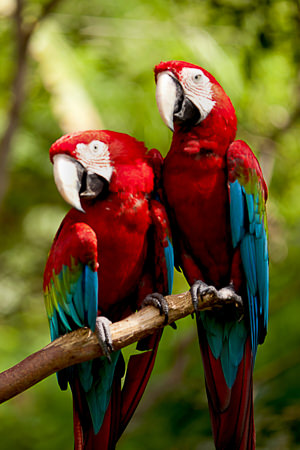
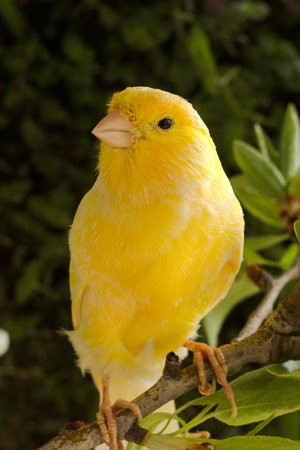

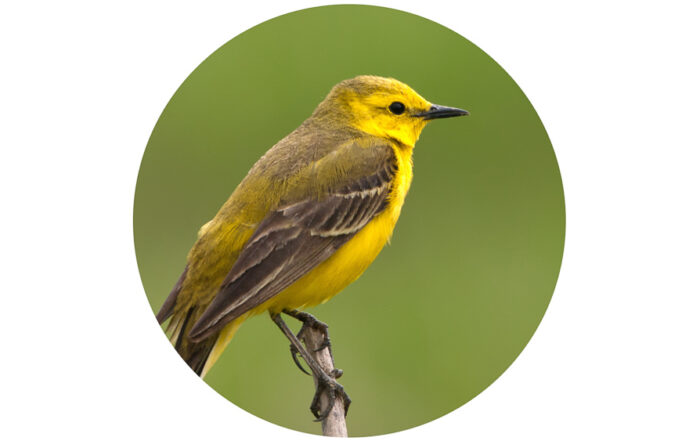
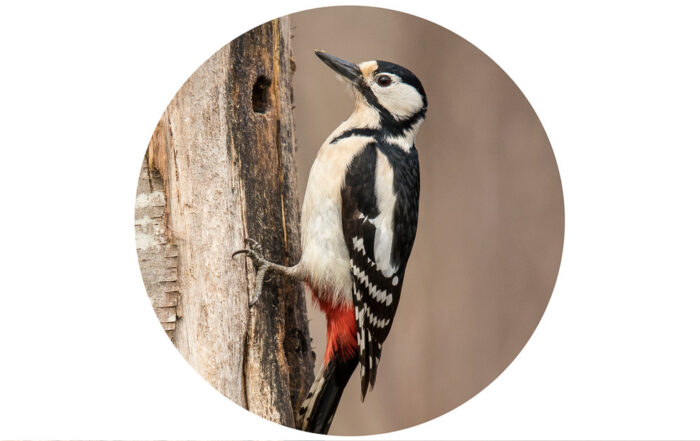
Leave A Comment